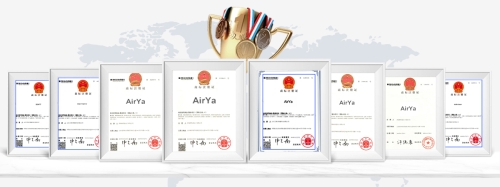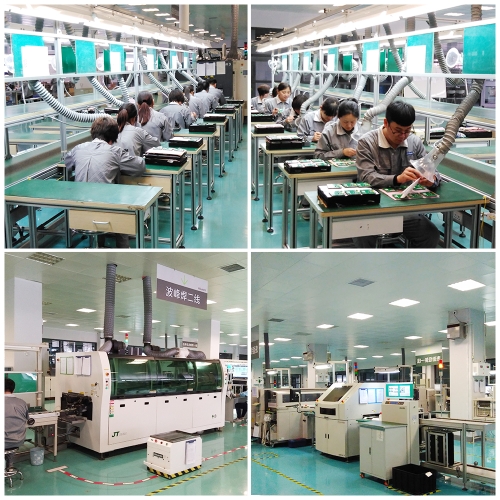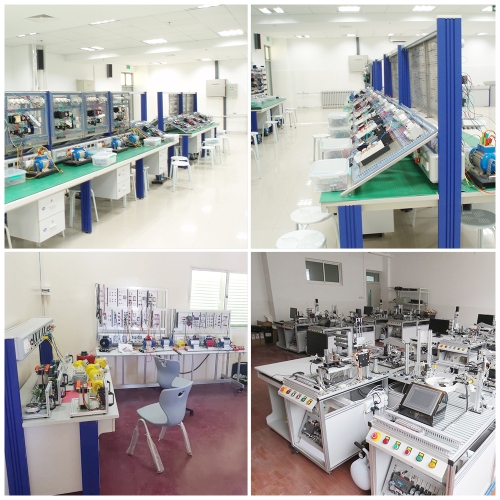AFF017 Bernoulli's Principle Bernoulli's Principle Vocational Training Bernoulli Experiment Bench
Description
investigation and verification of Bernoulli’s principle
static pressures and total pressure distribution along the Venturi nozzle
determination of the flow coefficient at different flow rates

Bernoulli’s principle describes the relationship between the flow velocity of a fluid and its pressure. An increase in velocity leads to a reduction in pressure in a flowing fluid, and vice versa. The total pressure of the fluid remains constant.
Bernoulli’s equation is also known as the principle of conservation of energy of the flow.
The experimental unit includes a pipe section with a transparent Venturinozzle and a movable Pitot tube for measuring the total pressure. The Pitot tube is located within the Venturi nozzle,where it is displaced axially. The position of the Pitot tube can be observed through the Venturi nozzle’s transparent front panel.
The Venturi nozzle is equipped with pressure measuring points to determine the static pressures. The pressures are displayed on the six tube manometers. The total pressure is measured by the Pitot tube and displayed on another single tube manometer.
The experimental unit is positioned easily and securely on the work surface of the AFF017 base module. The water is supplied and the flow rate measured by AFF017. Alternatively, the experimental unit can be operated by the laboratory supply.

Learning objectives/experiments
energy conversion in divergent/convergent pipe flow
recording the pressure curve in a Venturi nozzle
recording the velocity curve in a Venturi nozzle
determining the flow coefficient
recognising friction effects



